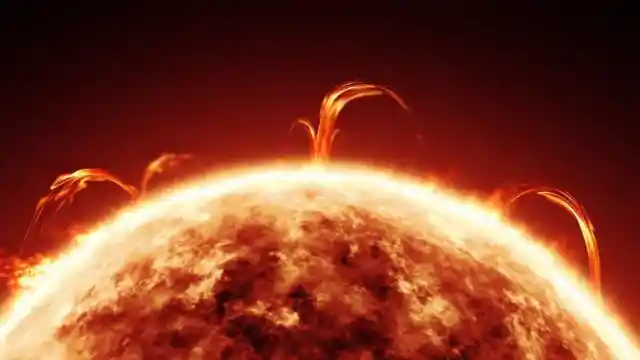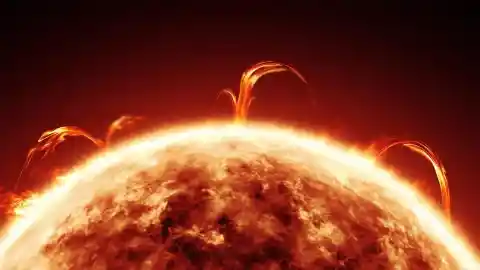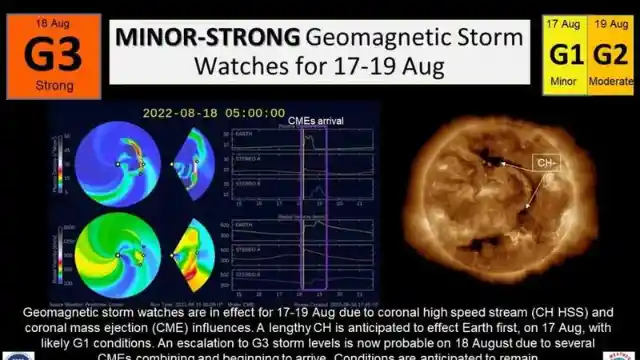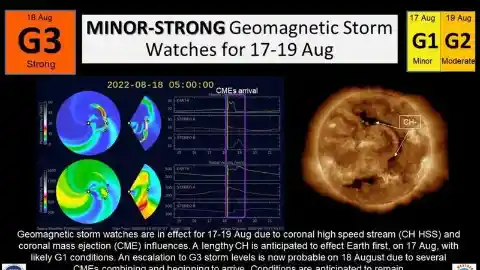The U.S. weather service SWPC has come out with the ominous prediction that a magnetic wave is heading toward our planet at hundreds of miles per second. In the process, the wave would cause a "geomagnetic storm." Great panic seems unnecessary, the earth will not suddenly stop spinning. Nevertheless, there is a good chance that we will notice something of it.


The prediction is due to the sun being much more active recently. It is not only sending solar rays, but also plasma and magnetic fields toward the earth. SWPC, which monitors space weather, sees the intensity of these fields increase and has therefore issued a special weather report.
SWPC warns in particular about the gas bubbles (or CMEs) that the sun recently blew away. Those bubbles are full of magnetic force and can have a significant impact when they collide with the magnetic field around the earth. "Geomagnetic reactions are likely to escalate to a strong G3 level force on Thursday," the U.S. forecast reads.
The SWPC classifies magnetic storms on a scale of 1 to 5. At 1 it is a minor storm, at 5 an extreme one. It won't come to that this week. The worst-case scenario is that a level 3 storm will reach Earth on Thursday.


Chance of disruption to satellites and electricity grid
In the case of the most severe magnetic storm, according to the weather station, we must take into account problems with satellite navigation. There may also be interference with low-frequency radio systems. Should the geomagnetic response be stronger than expected, even power plants may be affected. Spacecraft may also have to adjust their course due to the impact.
The sun regularly shows how great its magnetic power is. Just last February, a magnetic storm meant a very costly setback for Elon Musk. Forty of his newly launched Space X satellites were caught in a storm and destroyed.
Auroras are visible a lot further south
There are not only negative effects. For example, thanks to the magnetic force, you don't have to go to Norway or Iceland to see the green aurora. Magnetic fields push that aurora further south.